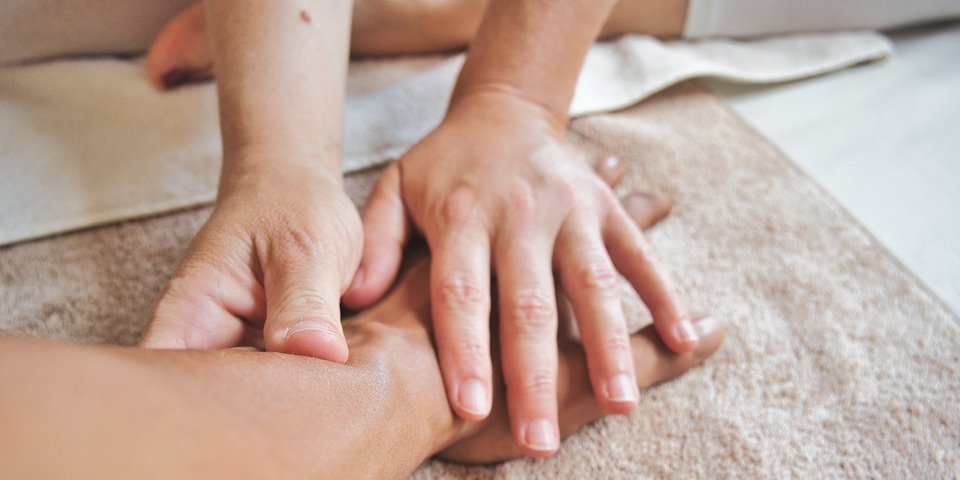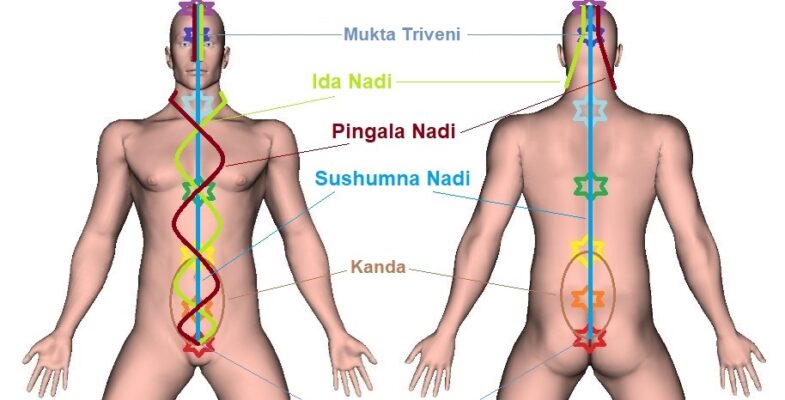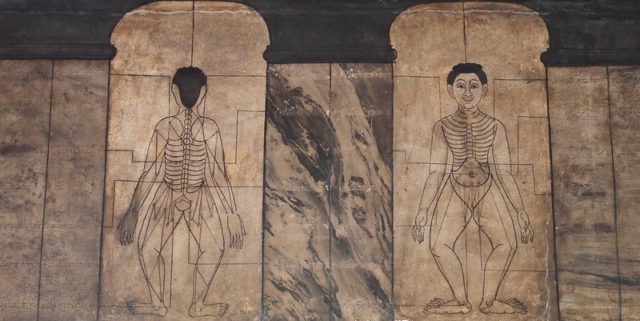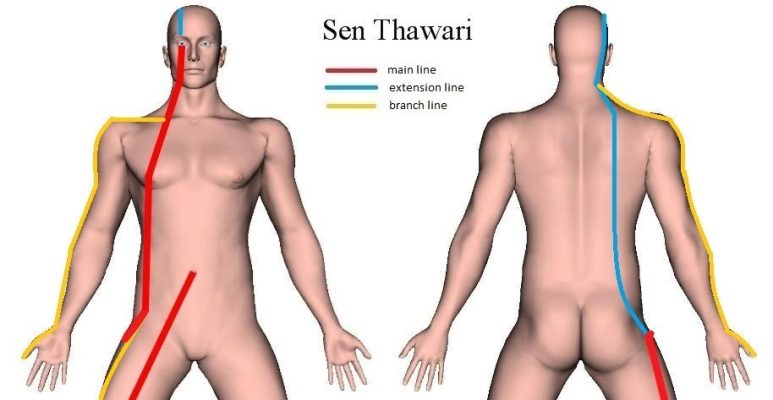
When we think about the Sen Sib Energy Lines in Thai Massage, we would think that these are static energy channels, to be found at fixed locations, running along well-described pathways in our body.

Yet, although not much talked about or focused on in Sen Line theory — the Sen Lines in our body can move. That is, they can take other pathways than those we would expect from our theoretical understandings of their trajectories.
It’s a phenomenon already addressed by several Thai Massage masters in the past, but given little attention to. But then, why and how do the Sen change their locations?
One of the causes is injury or damage to our body. If a certain body part becomes physically non-functional, Sen Lines tend to “go around” that specific part of our body, divert, or take another turn compared to the trajectories of the “official charts” of the Sen Sib.
Let’s take an easy to grasp example here. Say that you would have lost the lower part of your right leg due to an accident. Well, the Sen Lines that would normally go up to the right foot will now end at the right knee cap, or alternatively take their turn there, and not travel along the (non-existing) right foot, for instance.
Or, say you have got your gallbladder removed. This would/could cause, for instance, that Sen Pingkala and Sen Thawari slightly change their trajectories.

Mind that these “pathway changes” are not pre-set. This is something a Thai Massage therapist should “feel” — with the hands by “following the line,” through intuition, or even through “meditative visualization.” I know this sounds a bit vague, but as for working with the Sen Lines and its subtle energy it’s simply like that.
Other causes for changed Sib Sen pathways through the body include factors in the situation of the person you’re dealing with. Think of emotional distress, illness, trauma, eating habits, living environment, and muscle tension, tone, and structure, factors that can all affect Sen Line trajectories.
I know this doesn’t make things easier as for understanding the Sib Sen. Nevertheless, don’t make too much of it. Keep the main Sen Line trajectories in mind, follow those, and in time you will actually feel or sense where in the body they take another direction or detour — if at all.


















